QuickDine - A seamless QR-based Digital Menu App
4 months of scattered timelines, countless discussions, and deep learning
Me and my friend started this project with a simple idea — to make the restaurant dining experience smoother, smarter, and more connected. From the very beginning, we knew this wasn’t going to be just about UI design. It was about understanding behavior, simplifying flow, and making an experience feel effortless. Although we didn’t have a consistent timeline to work on it, every time we sat down to design, it sparked hours of discussion, idea-sharing, and reference hunting. From crafting the user journey to refining micro-interactions, this project taught us:
>The power of a seamless onboarding flow
>The importance of reducing friction in ordering & payment
>How small service features (like "Call Waiter") can elevate user comfort
>And most of all, how collaboration fuels creativity
This wasn’t just a design sprint — it was a learning journey.
We’re proud to finally wrap this one up, and even more excited about what’s next.
Checkout: https://lnkd.in/dTR9puiC
Reviews
1 review
You’ve done a fantastic job bringing QuickDine to life. It’s clear that you approached this project with intentionality and curiosity, and that kind of mindset is what drives great UX work. Your reflection on the process shows a strong understanding of the importance of collaboration, iteration, and putting the user first.
That said, I’d like to offer some constructive feedback to help you take this to the next level. One major area that could improve the overall quality of the interface is your use of white space. Across many of the screens, the content feels quite dense and tightly packed. While I understand the instinct to minimize scrolling and present more information upfront, this can actually hurt readability and lead to cognitive overload, especially on mobile devices where space is already limited.
One way to address this is to give your interface more breathing room. Consider increasing the vertical spacing (padding) around cards, groups of content, and between individual UI components. This not only improves legibility but also creates clearer visual hierarchy, making it easier for users to process information at a glance.
Also, make sure you’re following mobile-friendly text standards. As a general guideline, your body text should be no smaller than 16sp, with headings around 20–24sp depending on importance. Don’t forget about line height either—aim for at least 1.4–1.6x your font size to ensure text doesn’t feel cramped.
And finally, remember the key touch target guideline for mobile: any interactive element should be at least 44x44dp (Apple’s standard) or 48x48dp (Google’s Material Design recommendation). This ensures that users can comfortably tap buttons or links without accidentally triggering the wrong element.
All in all, your project has a strong foundation and showcases thoughtful design decisions. With a few tweaks to spacing, type, and layout, you’ll elevate both the usability and the polish of your app. Keep up the great work—this was a pleasure to review!
You might also like
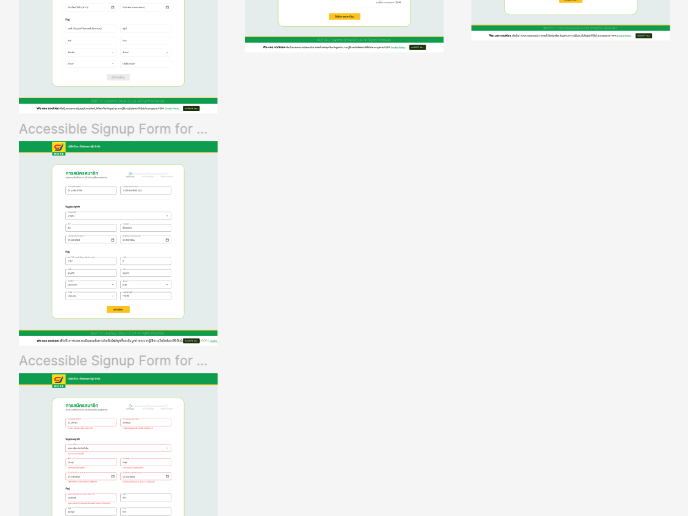
Accessible Signup Form for SaaS Platform
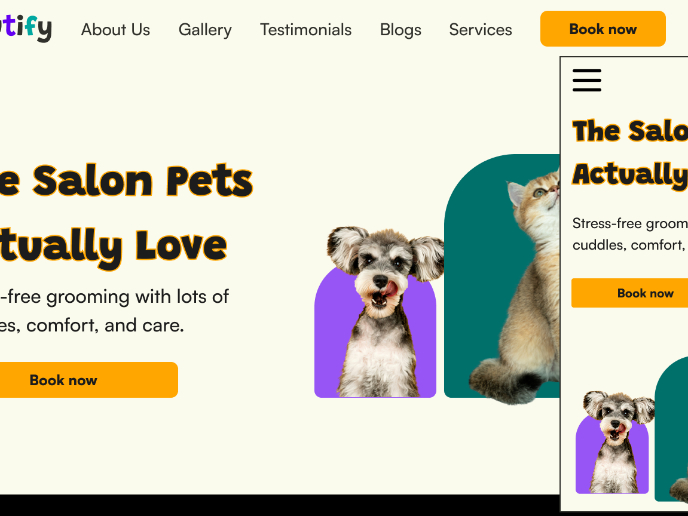
Pawtify - Responsive Landing Page Brief
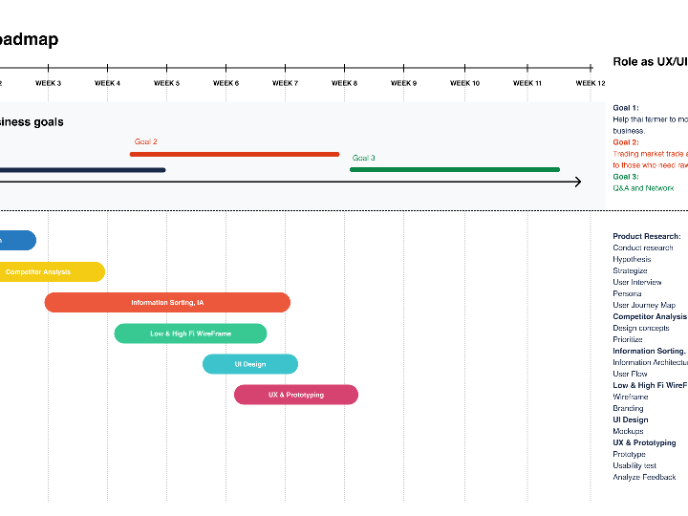
Build a Product Roadmap
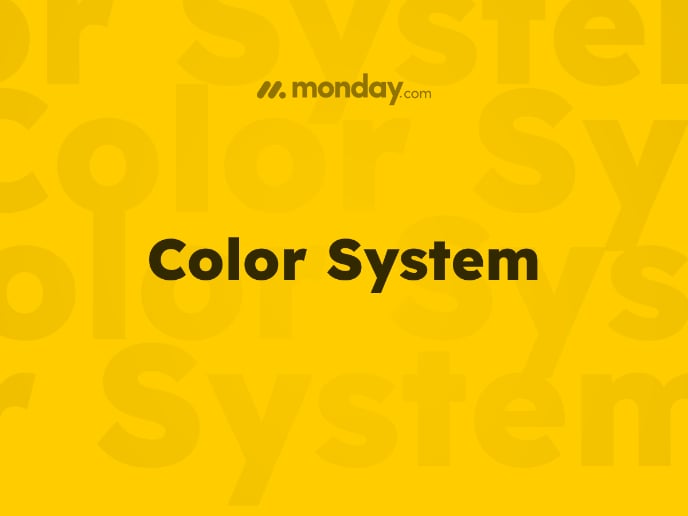
Monday.com Color System
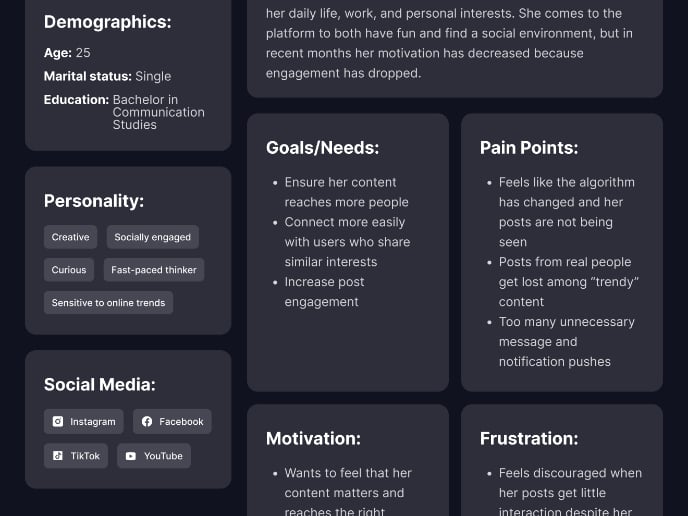
User Persona
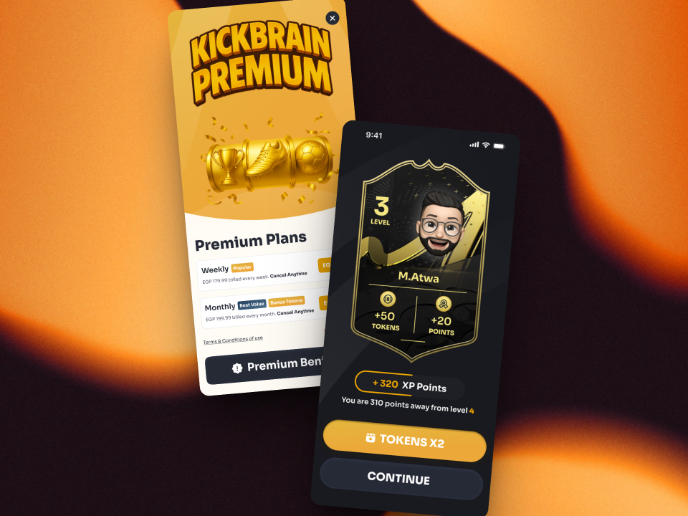
Redesigning KickBrain: Trivia Mobile Game
Popular Courses

UX Design Foundations

Introduction to Figma










